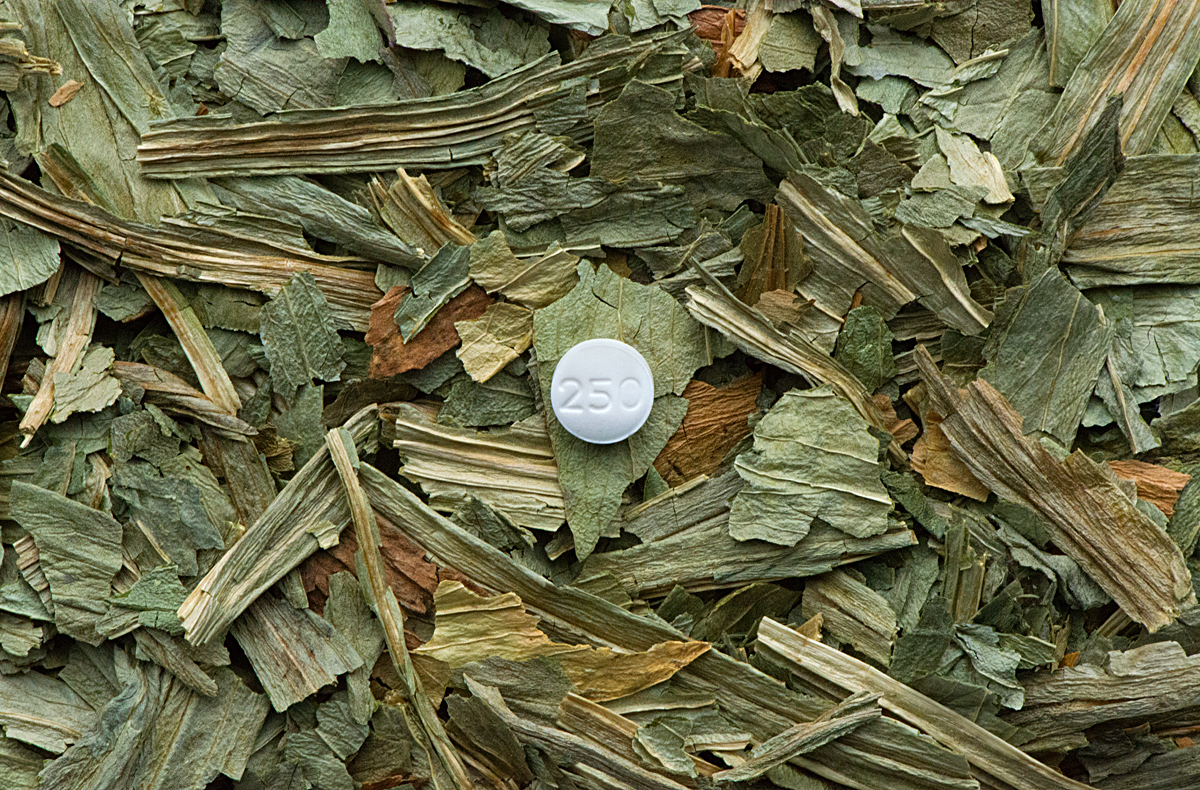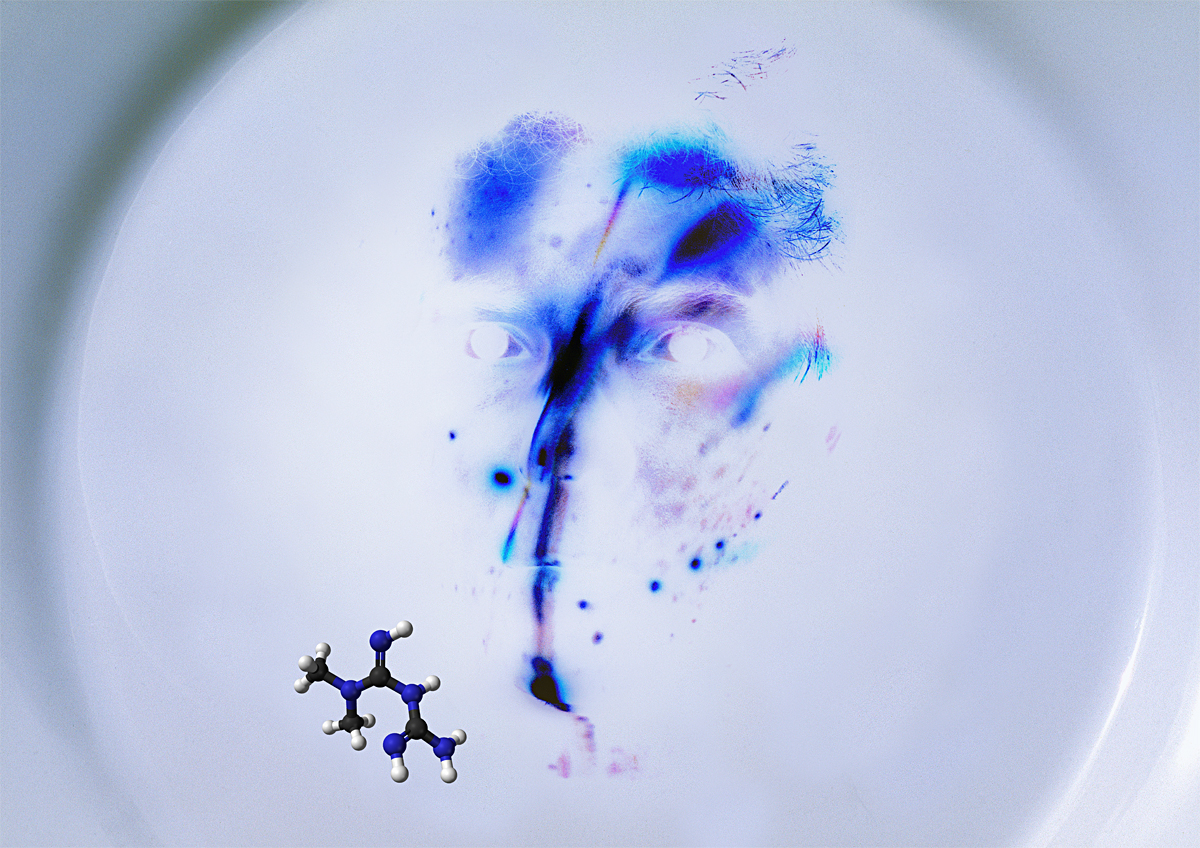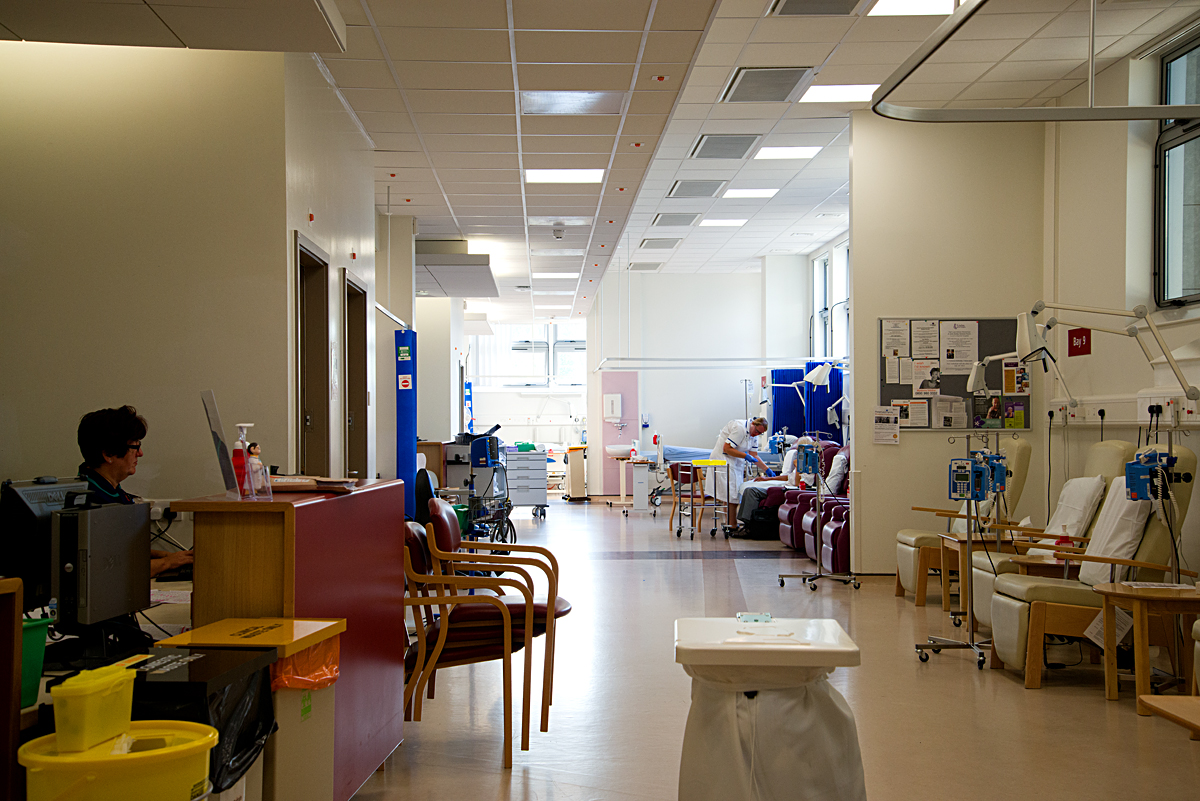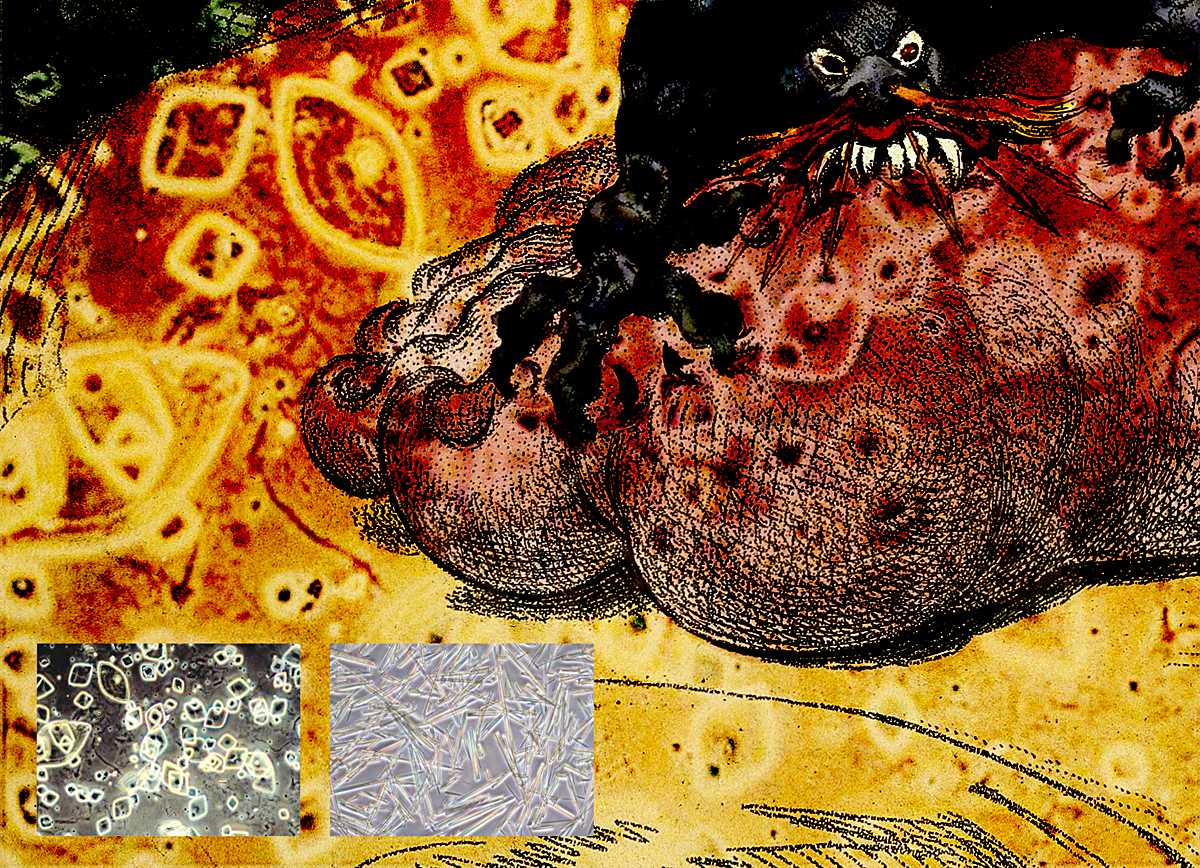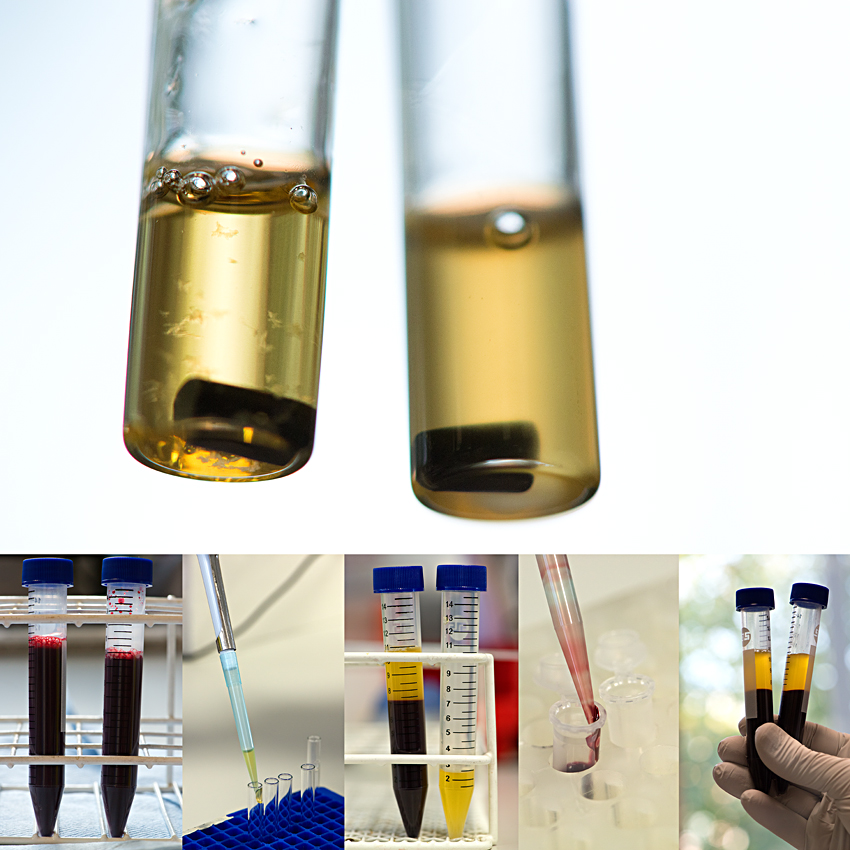the people interviewed
The Fox Got You is an art and science project celebrating common plants at the origin of medicinal drugs (for an overview, go to the home page). When artist Françoise Sergy started the project, she knew she had a long quest on her hands to find all the participants needed. Using 'from plants to drugs to patients' as a theme, she aimed to bring together people with very different personal experience and professional knowledge. Illness happens to everyone but perception of it varies greatly, whether you are a patient, a clinician or a research scientist. The making of pharmaceutical drugs is also so complicated that people working on one stage of the production process can have little knowledge of the other stages. As an outsider, Françoise was able to bring together some of the voices working on this vast knowledge field. The interviews you will hear focus on each participant’s unique expertise, experience and point of view. Put together, these individual voices combine and are able to reveal the complex relationship we have with medical science.
On this page you will find all the interviews, grouped according to the medical condition they refer to. Each section of the website also include the interviews. There you can view the artwork and plants images whilst listening to them.
The clinicans interviewed are:
- Dr James Newton is a consultant cardiologist at the John Radcliffe Hospital in Oxford, Britain. He talks about echocardiography, the medical condition of atrial fibrillation and the drug Digoxin.
- Dr Rhiannon Lloyd is a General Practitioner in London, Britain. She talks about type 2 diabetes and the drug Metformin.
- Eliz Flanagan is a Lead Chemotherapy Nurse at the Churchill Hospital in Oxford, Britain. She talks about her work as a cancer nurse and about chemotherapy.
- Dr Kelsey Jordan is a consultant rheumatologist at the Royal Sussex County Hospital in Brighton, Britain. She talks about gout and the drug Colchicine.
The scientists interviewed are:
- Professor Sir John Walker was until recently the director of the MRC Mitochondrial Biology Unit in Cambridge, Britain. He now continues his research work there. Sir John won the Nobel Prize for the elucidation of the mechanism of action of the enzyme which makes ATP, our body’s basic unit of energy. In his interview, he explains what mitochondria are and talks about his research.
- Dr Jan-Arne Gewert was until recently the director of the pharmaceutical company Oncotec, in Germany. He describes how Paclitaxel is made in the factory.
- Roderick Flower is Professor of biochemical pharmacology at the William Harvey Research Insitute, in London. He was one of the original team members working with John Vane, who won the Nobel Prize for discovering how Aspirin works. In his interview, he describes his work as a scientist and explains the action of platelets in the blood, as well as the role of Aspirin.
The patients interviewed are:
- Dr John Balázs is a General Practitioner in London, Britain. He also happens to have atrial fibrillation. He talks here of his experience as a patient.
- Artist Françoise Sergy has type 2 diabetes. She describes her experience of the condition.
- Two patients talk of their experience of breast cancer.
- Jeremy Engineer has had gout since his twenties. He describes his experience of the condition.




















